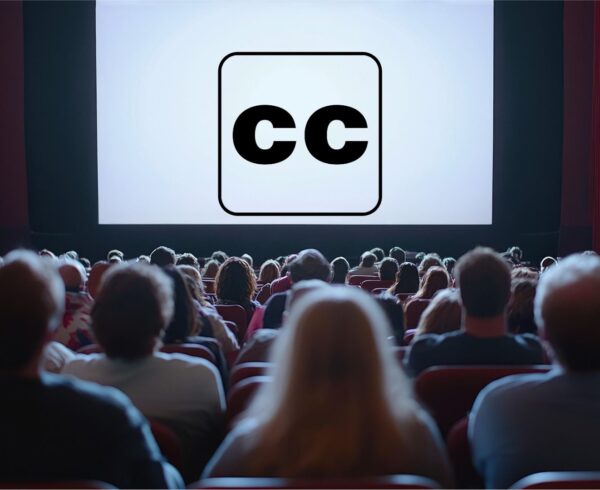We’re about to say something so controversial, yet so true: There is no such thing as “a simple internal meeting” if any aspect of that meeting happens remotely. At least not as far as your AV team is concerned.
It’s easy to minimize the technical complexity of these meetings because they would, in fact, be simple if they were in person. As people shift back to in-person events, that minimizing is happening even more.
Adding a remote aspect is literally taking your show on the internet highway, and that complicates things. The sheer number of variables that come into play is something many clients don’t realize – so let’s talk about it!
Typically it looks like the client saying something like:
“Oh, by the way, our CFO wants to virtually go over some figures, no big deal.”
Meanwhile, the AV team is wondering:
“Does that CFO need to be both heard and seen? Will they be presenting anything along with that speech, like charts or a powerpoint? Will those presented materials include a video? Or sound clips?”
“What about the audience? Are they together in one or two spots or is everyone joining from their individual locations? How are they expected to interact? Do they need to be able to ask questions? In what way?”
“How does this meeting feel for that audience? Are we aiming for ‘Zoom Meeting’ or ‘TV production?’ “
“Are there multiple presenters calling in from multiple locations? What do all of their presentations look like?”
“Will the meeting need to be recorded for people to watch later? What parts of it?”
Every single one of these questions slightly changes the scope of work as well as the tech & crew needed for that meeting – and these are just scratching the surface. Pretty much everything needs to be pre-planned. so the minimizing mistake leaves room for this proverbial road trip to go off the rails.
Like way off…
Let’s look at the sound variable and walk through some examples.
In-person meetings work on a closed AV system that you, or your team, has full control over. Say the speaker stops working. Your tech can walk over, check cables, make adjustments, and fix things as needed during a live event.
If a presenter unexpectedly needs to speak, we can shuffle microphones and make that happen. It might be awkward, but it’s doable when you’re in-person.
We can’t do that virtually.
If your attendee isn’t getting sound, we can’t walk over to their system and check it out. We don’t know if they accidentally turned something off, if their signal is spotty, if the drivers on their device are out of date, if the battery on their headphones died, etc.
If you decide to add a last minute presenter on event day, we may not be able to make that happen for a virtual event.
We can’t go find them at their remote location to hook up mics. We can’t guarantee that there’s a strong enough connection or they know how to work the tech. We can’t promise the video in their presentation is going to display correctly and we can’t fix their files for them.
When it comes to virtual events, no matter how small, every variable that’s within our control needs to be accounted for ahead of time in order to maximize success. We do it this way because so many virtual variables are not within our, or anyone’s, ability to control.
That lack of control turns the virtual world into the Wild Wild Web and we’re a road show traveling through it.
Our fearless leader, Laurel, expands on the traveling show analogy:
“Imagine the meeting as literally taking the show on the road. We don’t have control of the traffic. We can’t predict what other drivers will do.”
“We CAN make sure we’ve got the right kind of transportation – a Porsche is cool, but it’s useless if we need a tour bus.”
“We CAN make sure we have a qualified driver.”
“We CAN make sure we take the most efficient route possible.”
Your AV team can produce and transmit a great show, but some attendees might still have a poor experience and there’s nothing anyone can do about that. Again, so controversial yet so true.
Does that mean we’re advocating for people to give up virtual or hybrid events? Absolutely not. Increased accessibility alone makes these events worth it for many.
What we are advocating for, and are always advocating for, is increased communication.
Don’t minimize when it comes to communicating every possible aspect of this meeting. Tell your AV team everything. Tell it to them ahead of time, with as much time for testing and troubleshooting as possible.
By not minimizing, you allow your AV team to best prepare for whatever your “traveling show” might entail; which means there’s less chance it’ll be a circus.
Unless that’s your thing, of course, in which case you definitely don’t want to downplay your AV needs. We’ll need rigging, a fire spinner, some Britney Spears licensing…








